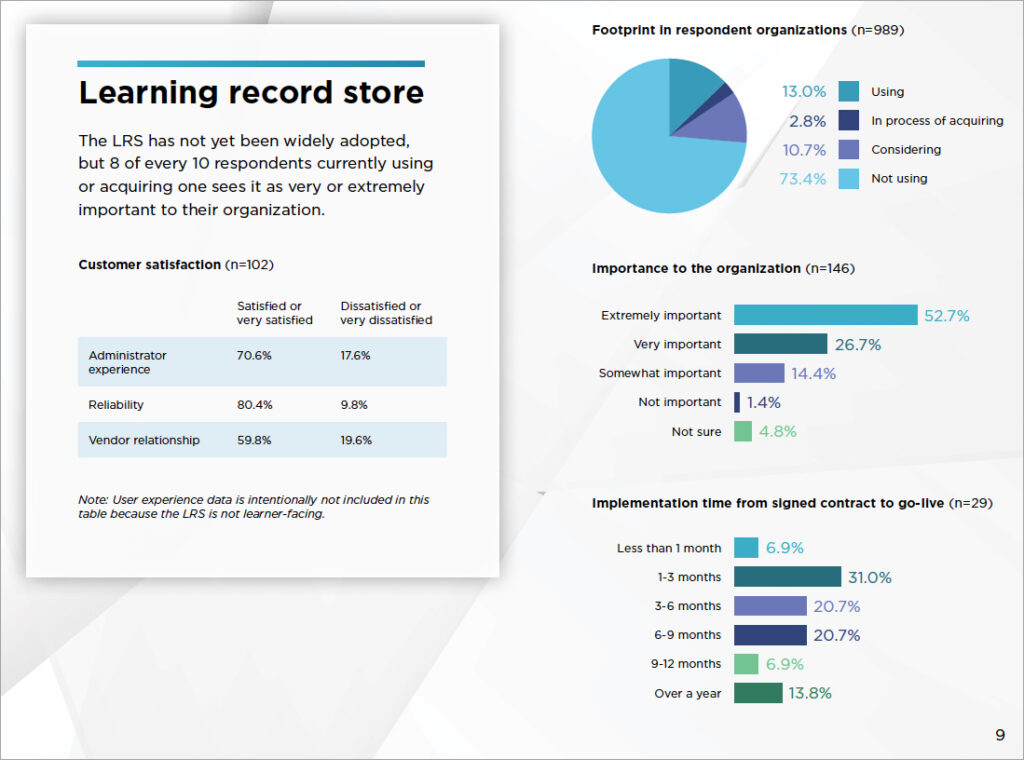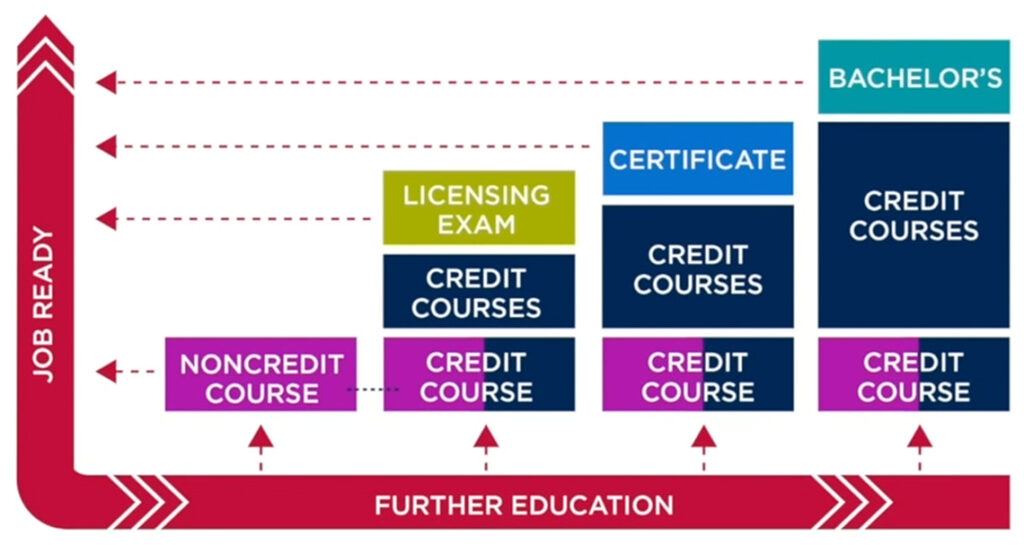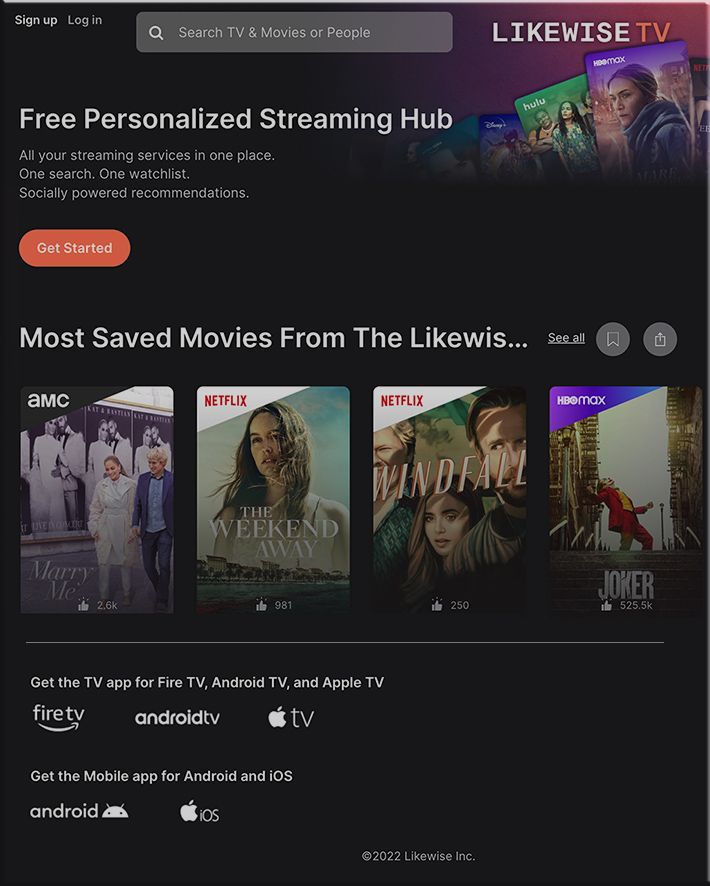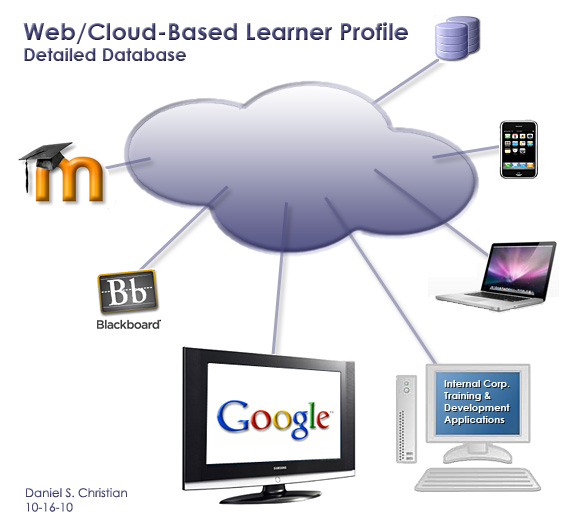Boost Usability of Libraries & Knowledge Hubs with Automation — from learningsolutionsmag.com by Markus Bernhardt
Excerpts (emphasis DSC):
Our article series looks at the top three areas where we see automation and AI revolutionizing the way in which successful L&D teams work: Asset libraries and knowledge hubs; hyper-personalized, truly adaptive learning; and capability mapping. This article examines the impact of AI and automation on maintaining asset libraries and knowledge hubs.
…
Thus, the contextualization engine becomes a powerful content management tool. It is also easy to use and requires no particular subject matter knowledge of the user; the librarian who has read everything does that for the user. And this works, of course, with articles, slide decks, audio, video, and even VR/AR content, and basically any file type.
Assets can be mapped to competencies, skills, learning objectives, departments, the requirements of a specific course or workshop, or to the horizontals and verticals of an organization’s internal restructuring model. And this takes place within seconds and minutes, and at scale.
With the ability to map content as well as practice exercises, questions, and assessments automatically into each concept’s complexity tree, it is now possible to use automation and AI to deliver adaptive and truly personalized learning content and learning paths.




















